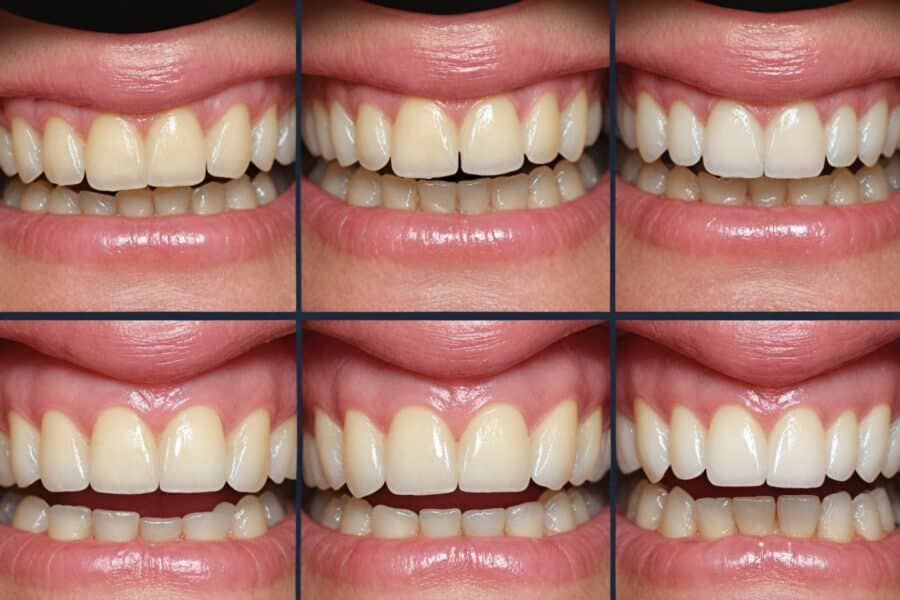4 Step by step guide to teeth flossing
Flossing day by day is very important to maintain proper oral hygiene and overall health. Because it will not only help you in preventing the formation of tartar or harmful bad breath but it will also protect your gums in the long run.
Apart from this, flossing can lower the risk for certain medical conditions, as various medical research have proven otherwise and show a link between gum disease and cardiovascular disease, which is among the leading causes of death in the United States.
Here is a step-by-step guide on how to floss your teeth properly, in just four easy steps!
Step 1: Wind the floss around your middle fingers
Step 2: Start flossing in a sawing-like motion
Don’t try to force the floss in if your teeth contact is too tight and you cannot manage to get the dental floss through. Do not break the floss in the process of forcing it, because it may injure your gums and cause swelling and bleeding for days.
However, you may notice slight bleeding because you have sensitive gums or incipient periodontal disease. It normal do not fear.
Step 3: Gradually unroll some clean floss
It is highly recommended to floss carefully below the gum line, as this is where the plaque forms and you cannot reach that tooth surface with a toothbrush.
Correct flossing involves cleaning the entire surface of your teeth, not just the spaces between them. Repeat this method on the rest of your teeth. Don’t forget the backside of your last tooth.
Because the food particles that are attached to the teeth are responsible for tartar that build up the formation of plaque which can cause bad breath.
Step 4: Rinse your mouth with an antibacterial mouthwash
Once you’re finished, it is highly important you rinse with antibacterial mouthwash because it gets rid of the germs and food particles you have just dislodged. Some mouthwashes contain ingredients that reduce the level of plaque formation to the tooth surface.
When done, throw the floss away. And don’t think of using the floss again because it is less effective and could leave bacteria behind in your mouth.
Ask your dentist about what types of dental floss will be most effective and other oral care products you can use. Make sure you check if your oral care products contain the ADA Seal of Acceptance to confirm you are using safety and effectiveness products.
More on Flossing
- College of Medicine, University of Ibadan and others. Retrieved 13 Sep 2018.
- “How to Floss”. Flossing Techniques-Flossing Teeth Effectively. Colgate. 2015. Retrieved 13 Sep 2018.
- Bauroth K, Charles CH, Mankodi SM, Simmons BS, Zhao Q, Kumar LD (2003). “The efficacy of an essential oil antiseptic mouth rinse vs. dental floss in controlling interproximal gingivitis”. Journal of the American Dental Association.
- American Dental Association, “Floss and Other Interdental Cleaners”. Accessed 13 Sep 2018.
- American Dental Association, “Bad Breath (Halitosis)”. Accessed 13 November 2018.





2 Comments
Great post I wo d like to thank you for the efforts you have made in writing this interesting and knowledgeable article.Dentist in Waterloo, ON
Great post I wo d like to thank you for the efforts you have made in writing this interesting and knowledgeable article.Dentist in Waterloo, ON